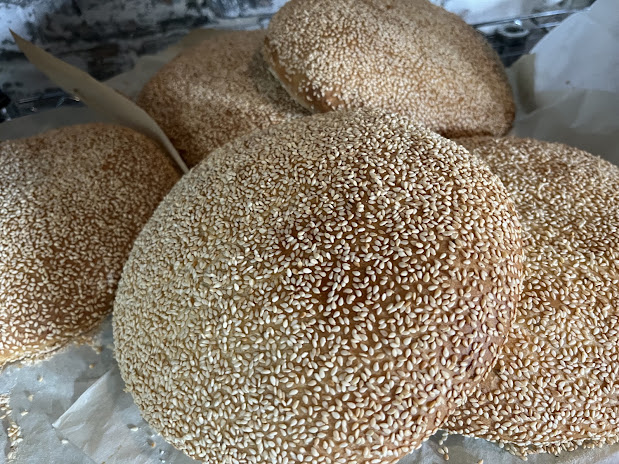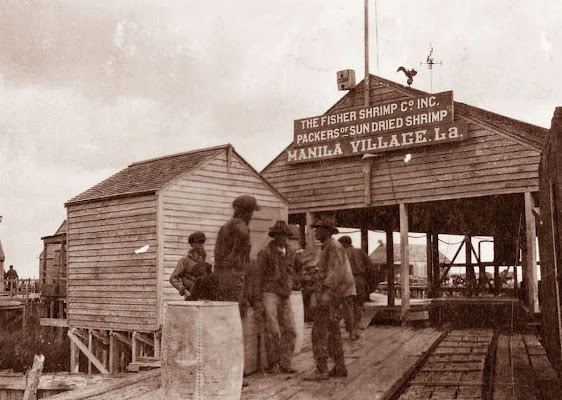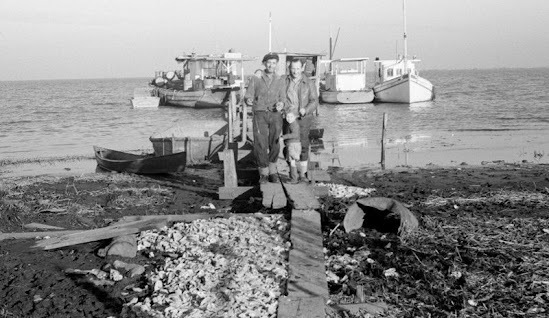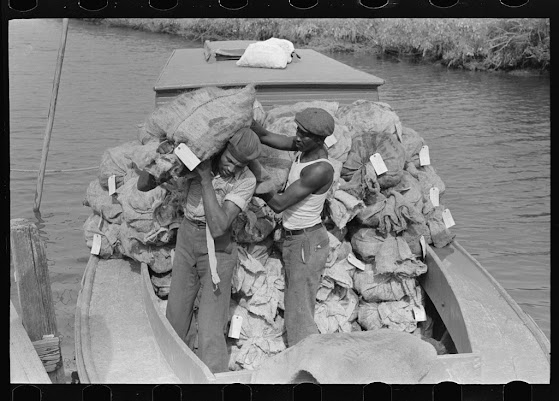Muffulettu, an Origins Sandwich Story

Muffulettu loaves at Porgy's Seafood Market in New Orleans, it differs from New Orleans muffuletta bread What's a Muffulettu? The World in a Sandwich by Dana Honn, Jan 21, 2024 To answer the question “what's a muffulettu or muffuletta?” requires a response that bridges country, culture and beliefs. If you were to ask that question in New Orleans, the response would be very different than if you did so in Sicily, which is a great place to start, as it was there where cultures collided, or possibly converged to create one of the world's great sandwiches. Let's start with a definition ... the name “muffulettu,” “muffoletta,” “muffuletta,” or “pan Buffetto,” referred to a soft and spongy bread, becoming synonymous with a swollen and soft texture. It is believed to have roots in the French term 'mouflette,' signifying softness. Another theory states the moniker is perhaps a derivative of muffe ("fungus," "toadstool"), maybe because the circu...




